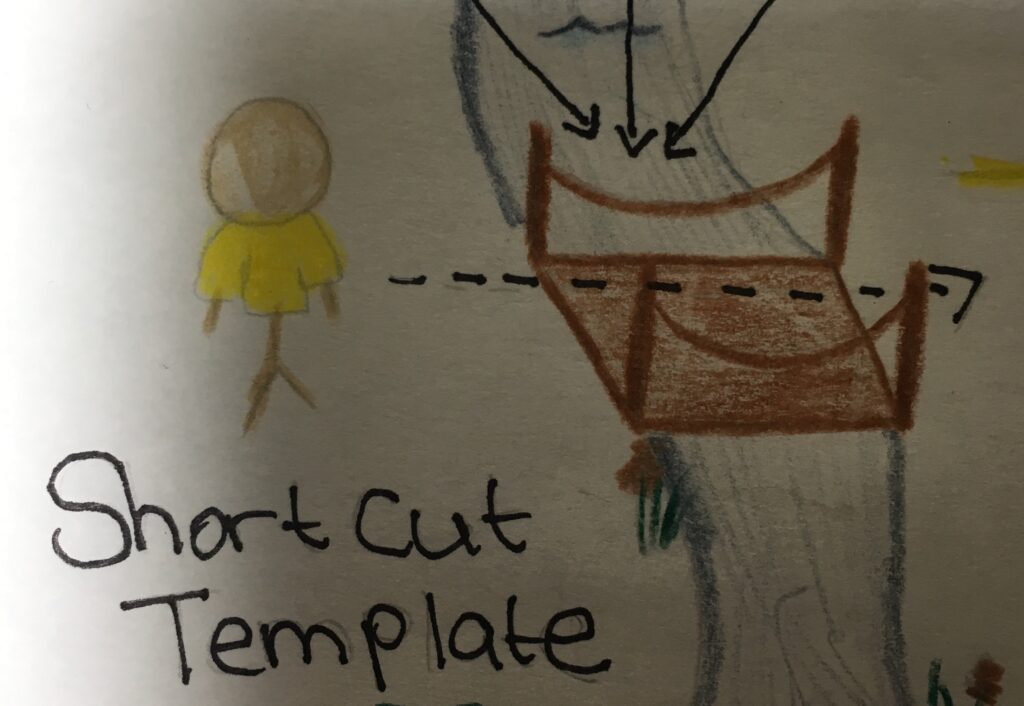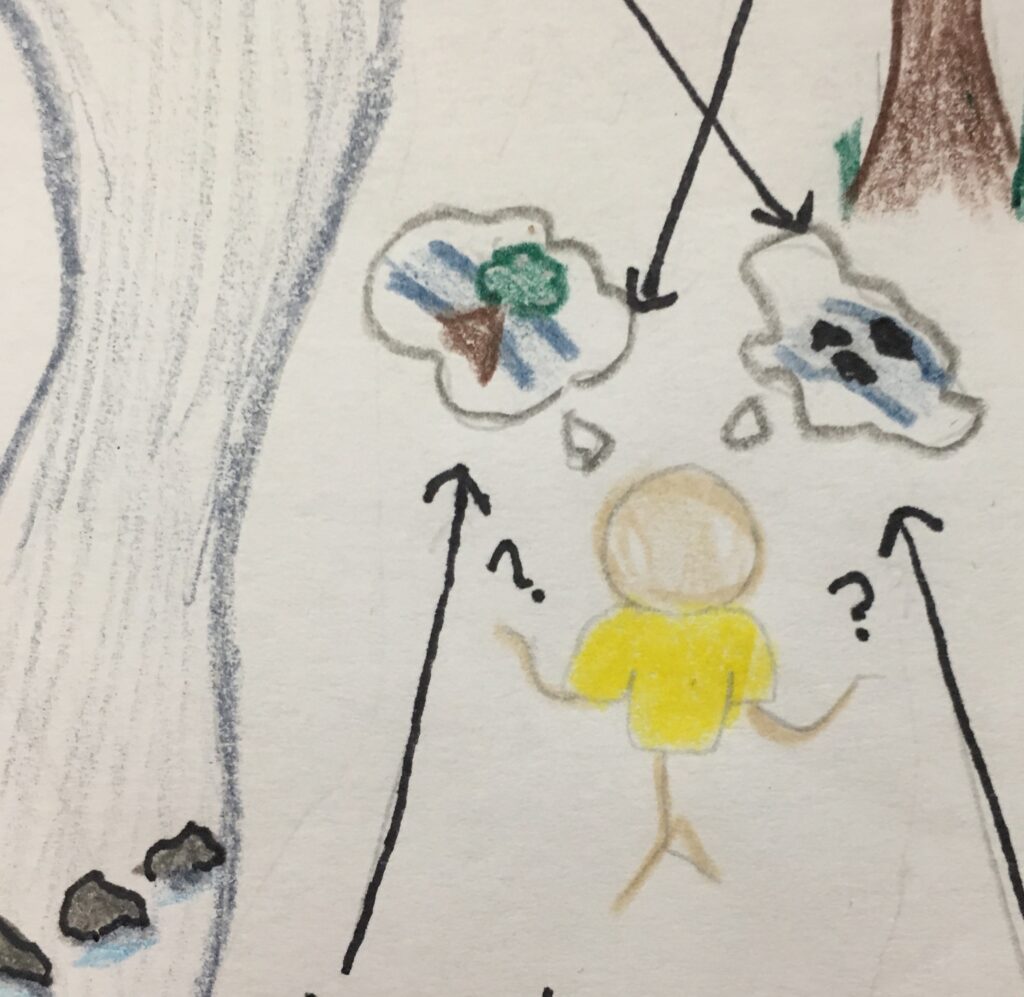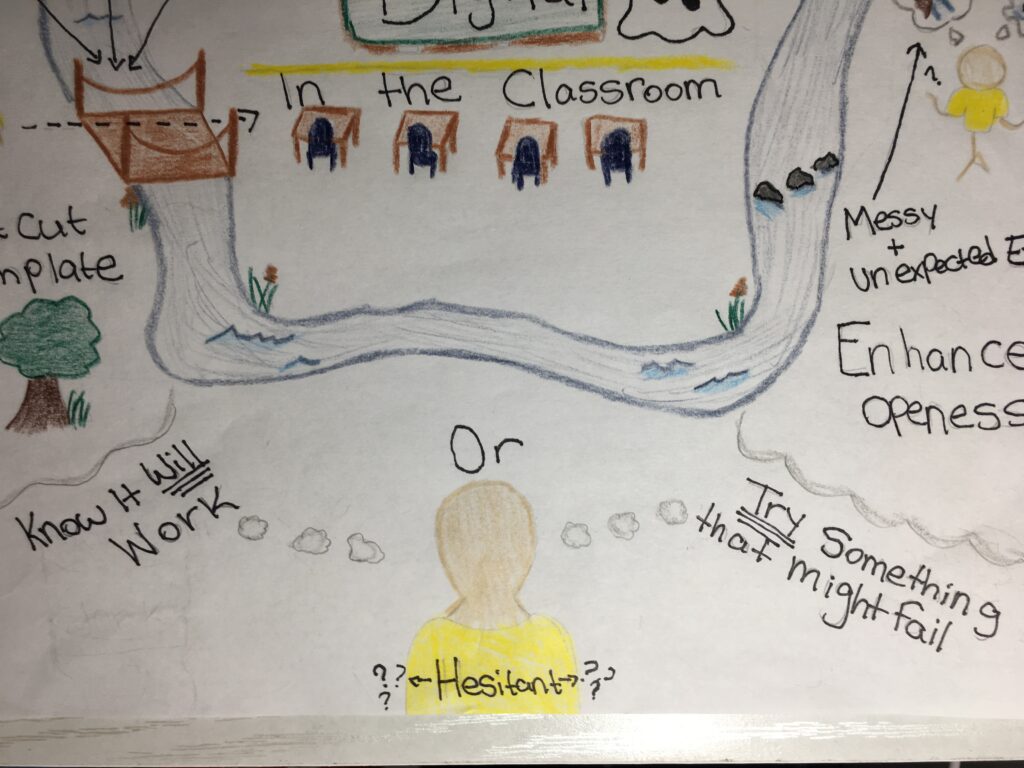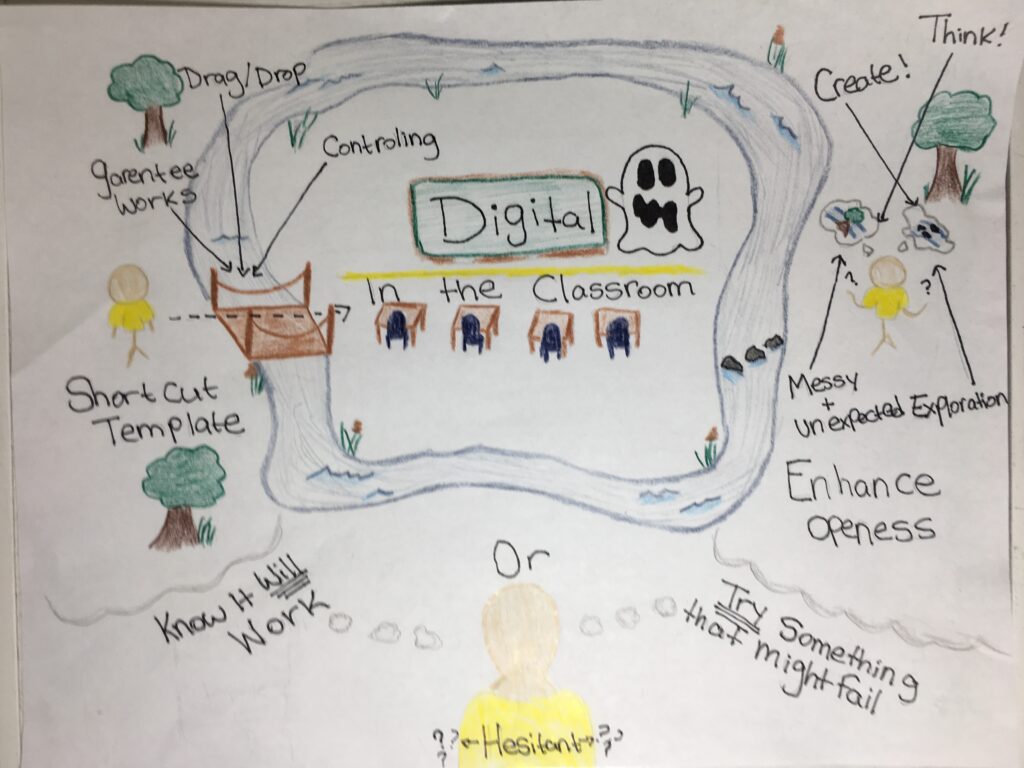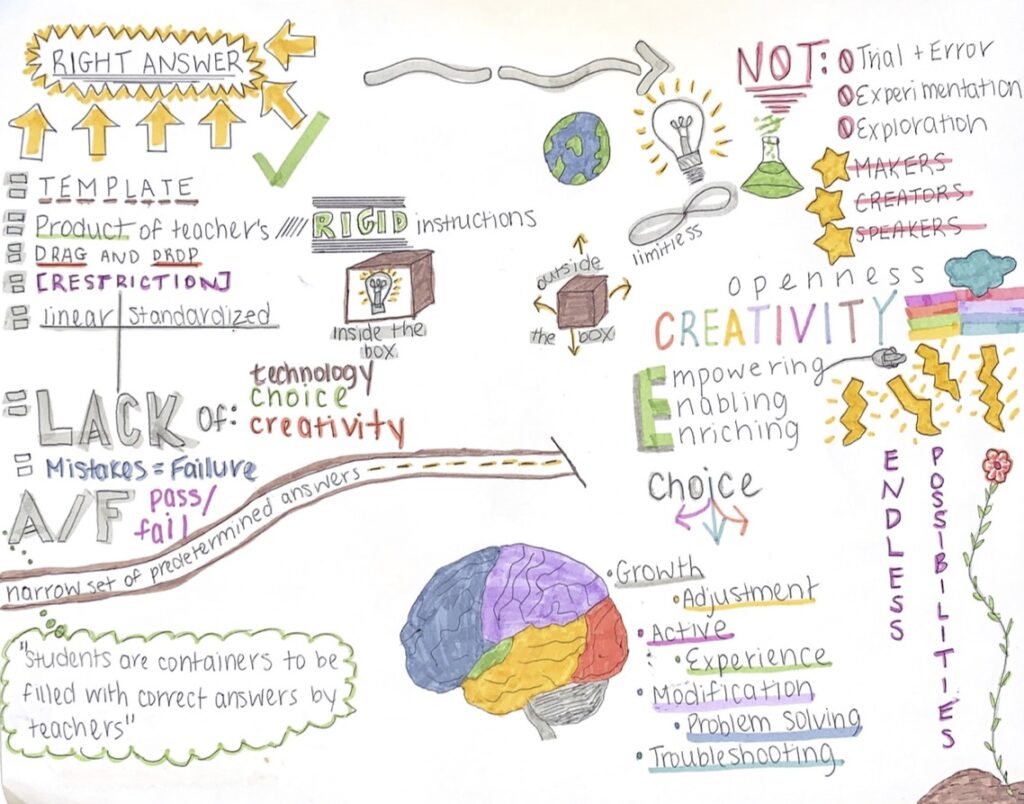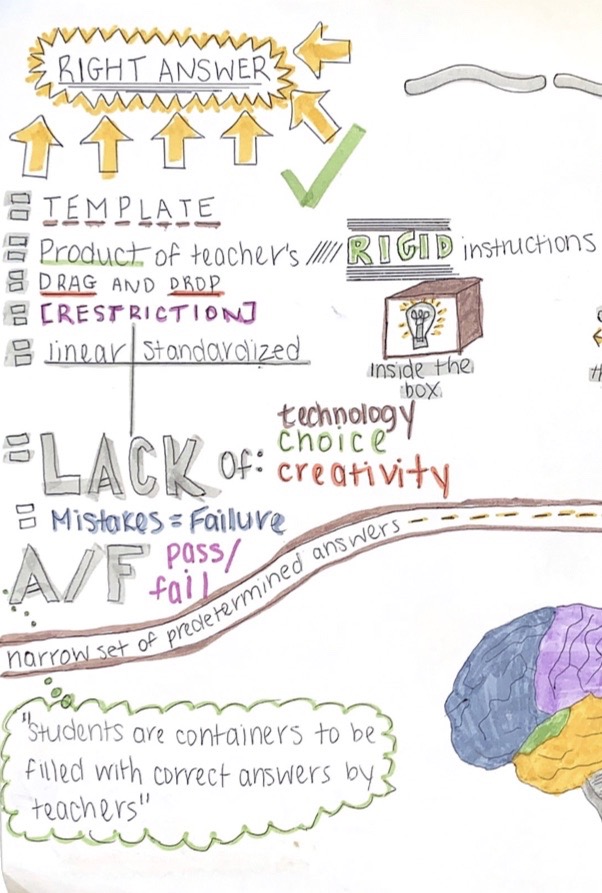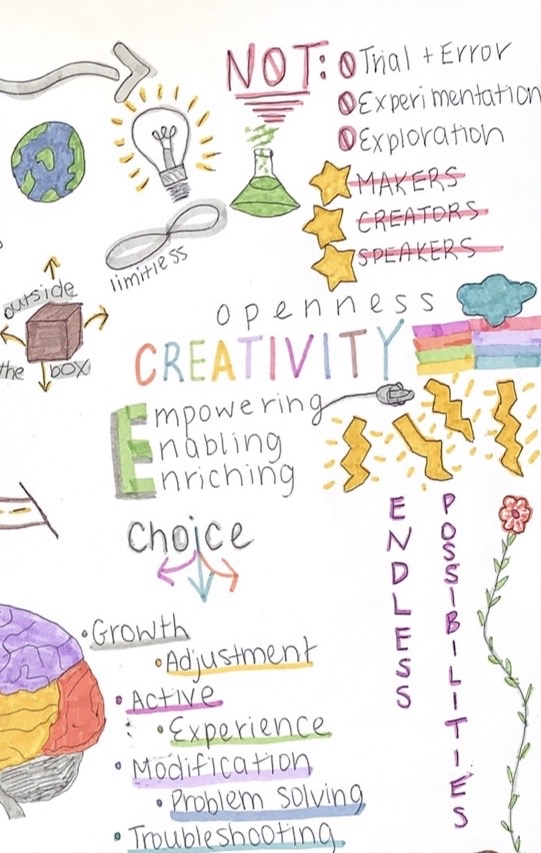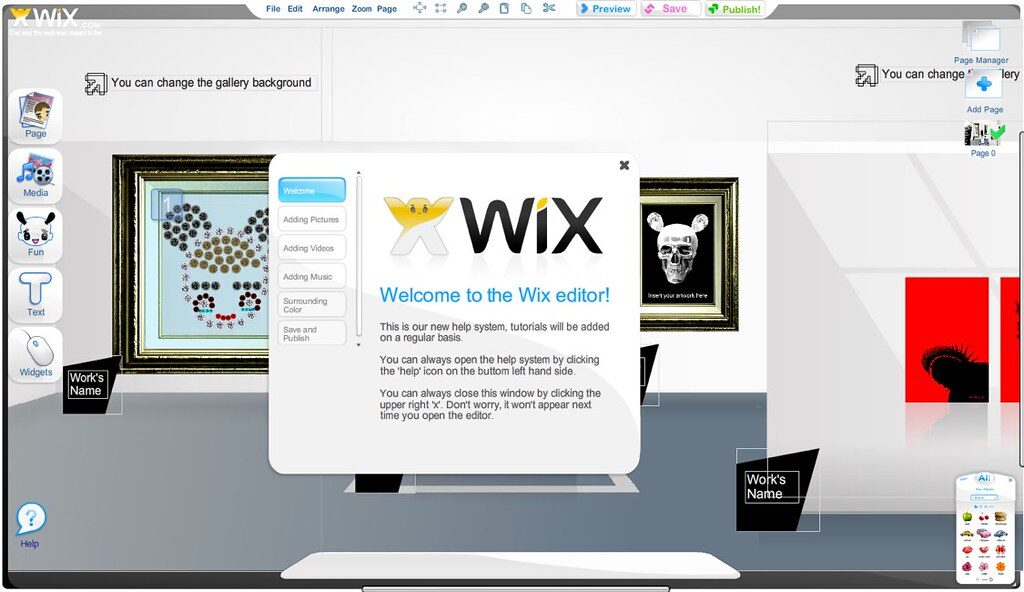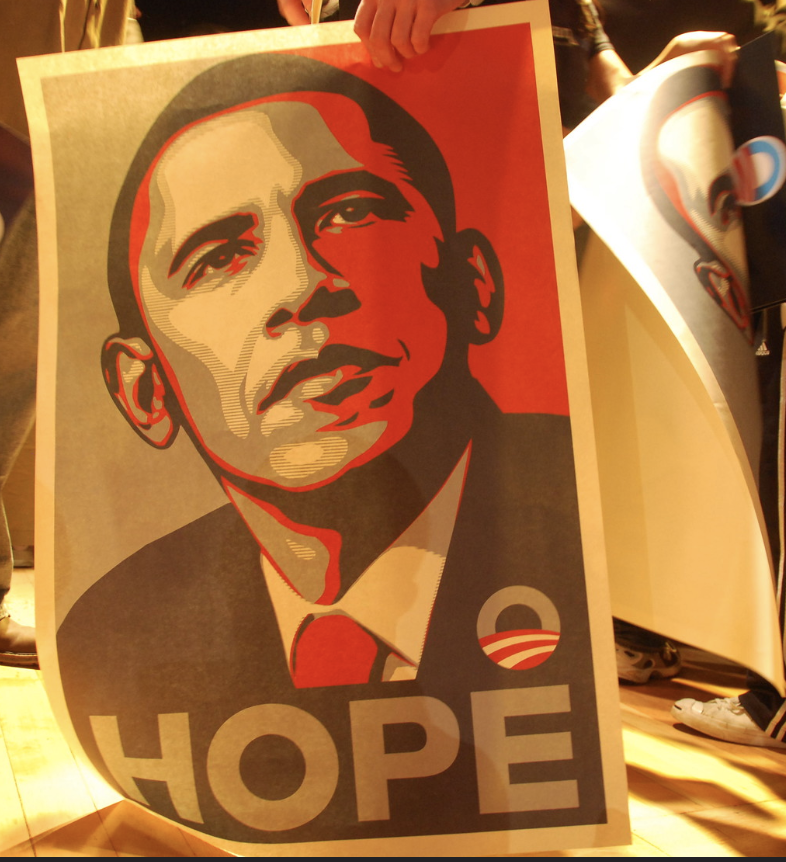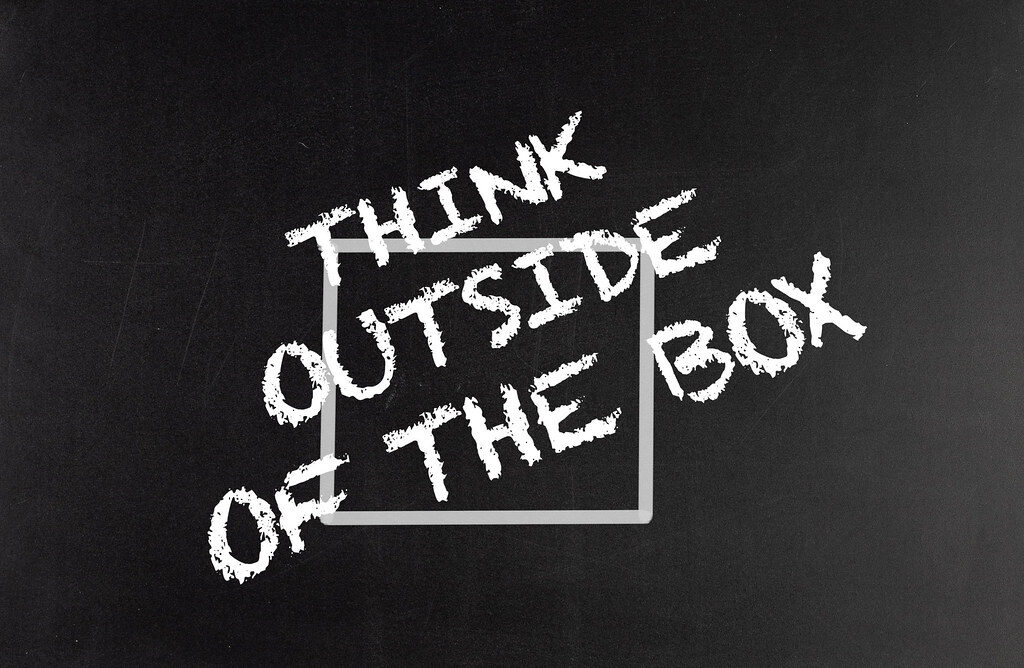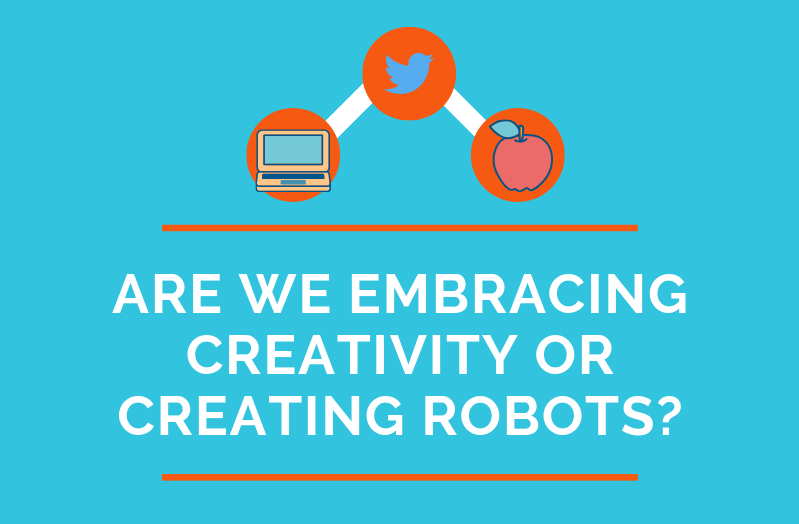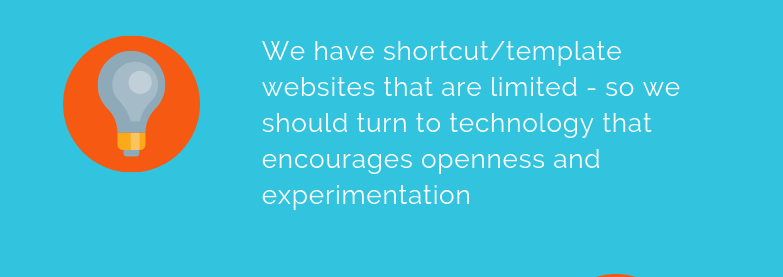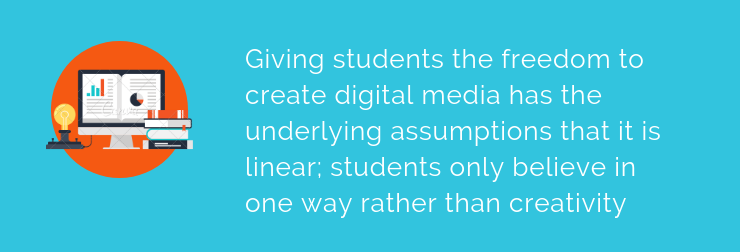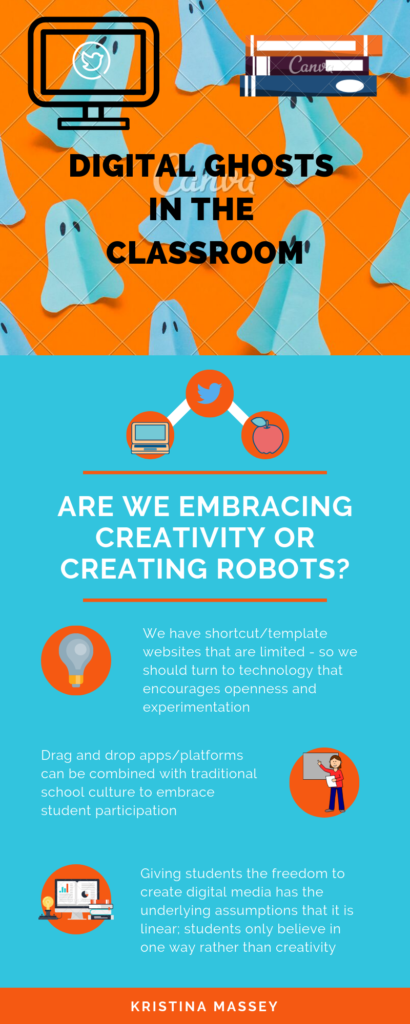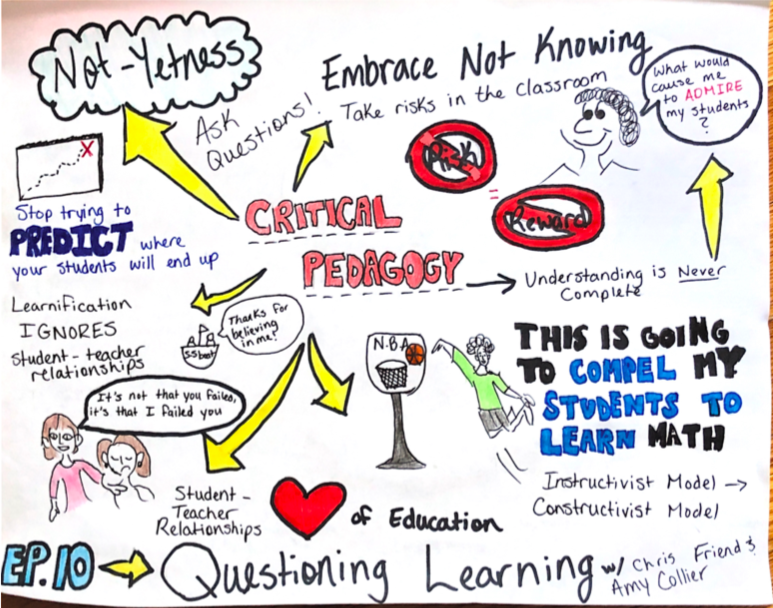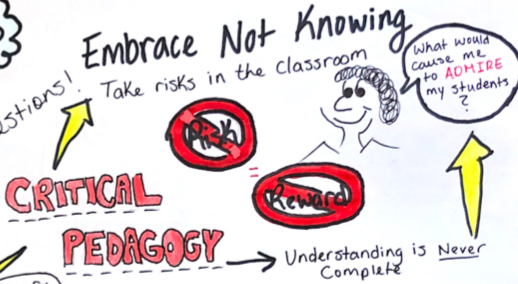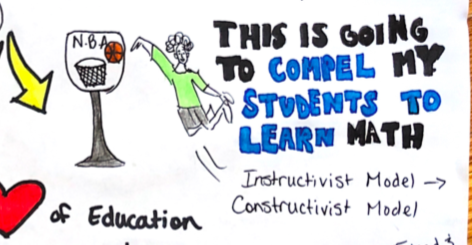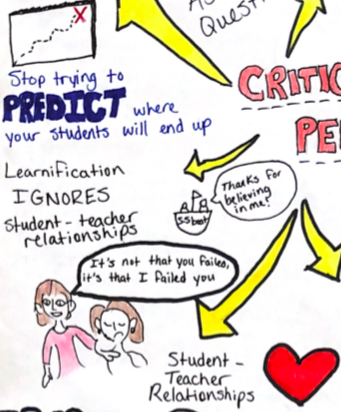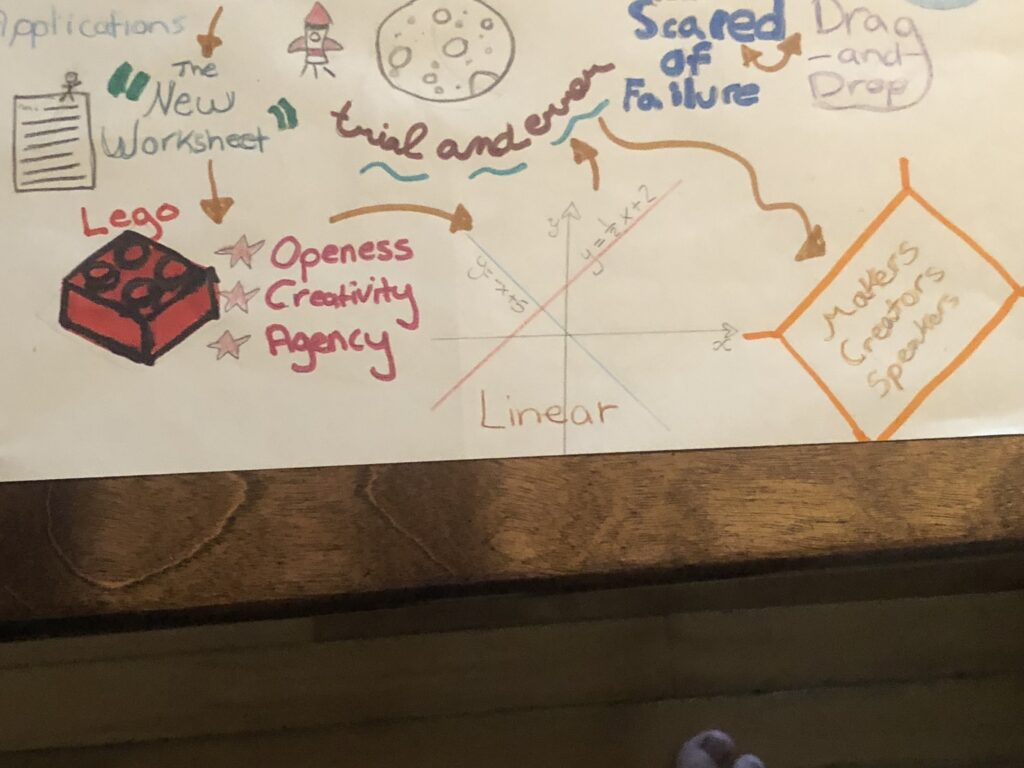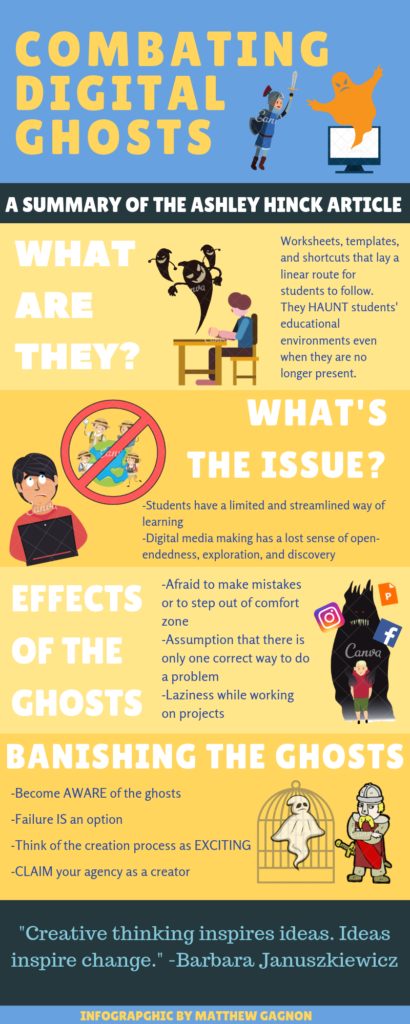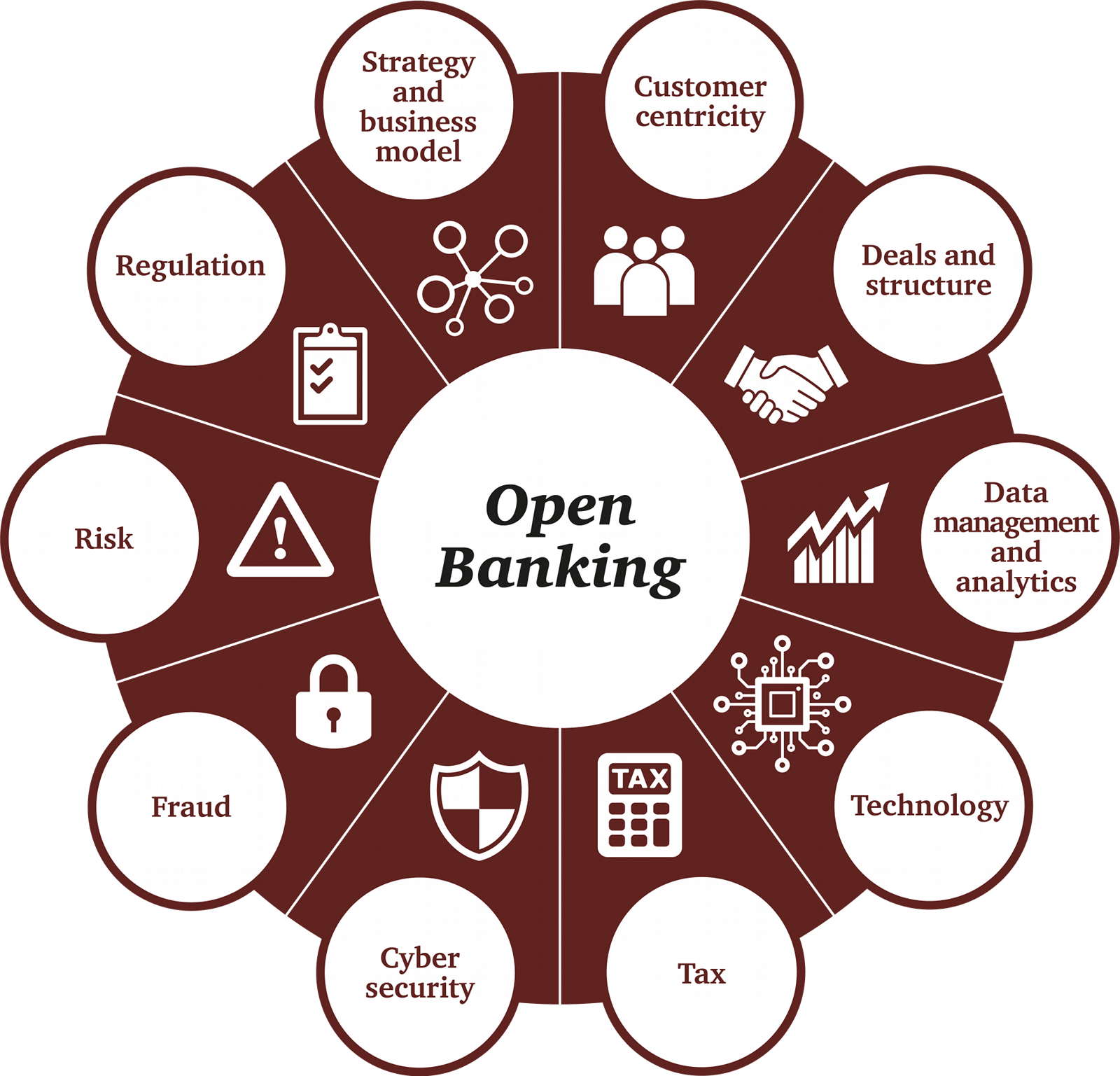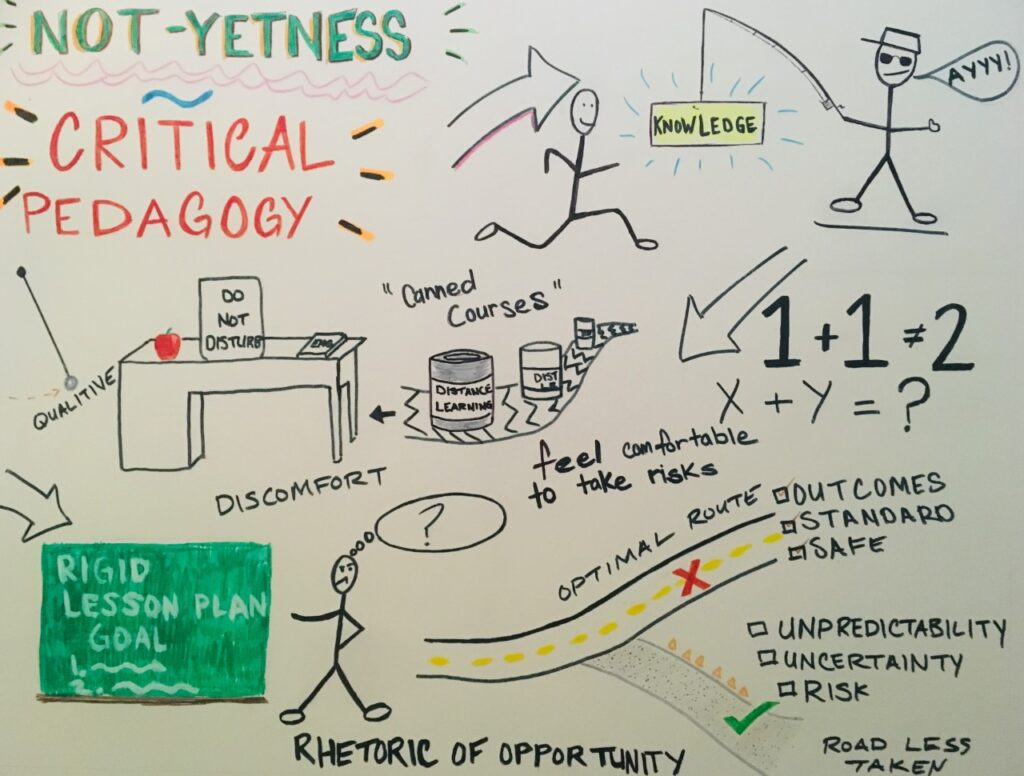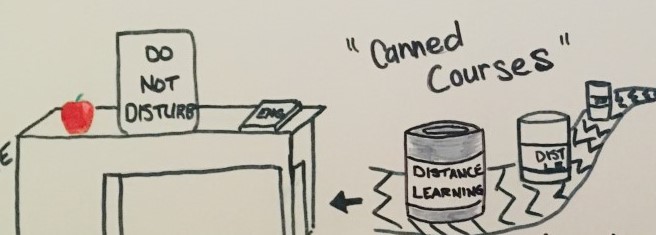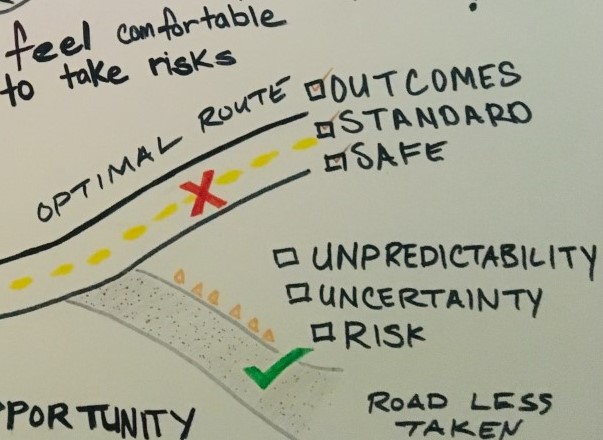I chose to listen to the podcast of Amy Collier being interviewed by Chris Friend.
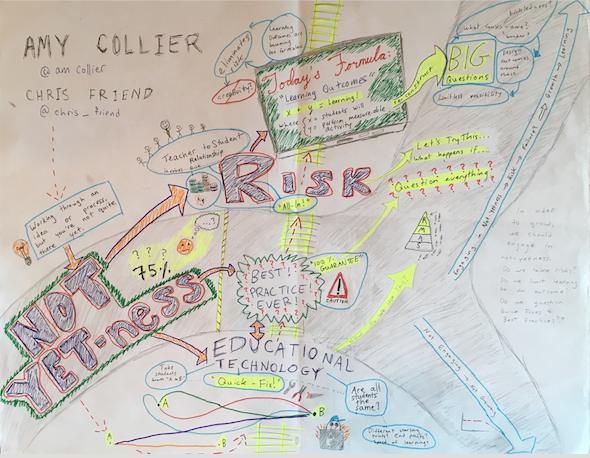
This project was quite the learning experience for me! A little bit about my process: I had decided to reflect on the podcast, since it was a learning experience for me different from summarizing an article. I initially wanted to do a video response, but decided on the sketchnote because it was something new that I could try… I had watched some sketch-noting in the past, but never thought I’d be “able” to do that. So I channeled my inner Amy Collier and put the idea of not-yetness to the test!

I decided to map out the ideas as they stood out to me. There was a wealth of information covered in the 40-minute interview, but what I have outlined in my sketchnote is what I found to be the key take-aways. First off, the concept of not-yetness was the main theme, and then I decided to create a railroad track with the other ideas as they relate to not-yetness in learning… more specifically, educational technology, “best practices”, risk-taking, and learning outcomes.

When reflecting on the content of this podcast, I was reminded of some fantastic music teachers I’ve had the opportunity to learn from. Their mantra’s of “failing forward” and “progress over perfection” combined with a proposal-based-experiment approach to learning were real-life examples of the idea of not-yetness. In these learning environments, failing is used as a tool to learn from, not-yetness is embraced as progress instead of perfection, and risk-taking and learning outcomes are combined in a way that enhances exploration, curiosity, and creativity.
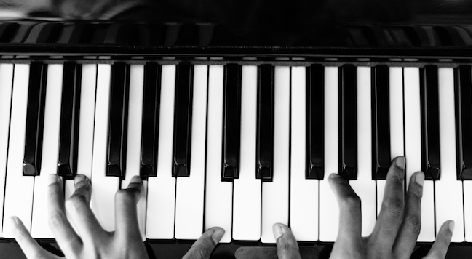
I think the concepts outlined by Collier lead to an active participation of risk-taking students, who build confidence by taking action and doing something. This type of learning trains students for the real world. I don’t know about you, but I’m faced with decisions regularly that I feel I’m “not-yet” able to handle, or that I don’t have all the information I need to decide the “best course of action”. These decisions provide me with an opportunity to take a risk – to experiment, grow, and learn – or not to take a risk. Taking that risk and engaging in not-yetness allows me to grow and learn from situations so that in the future I have more knowledge and experience to base my decisions off of. But if I don’t engage in not-yetness, I just say, “No, not yet…” I risk staying in the same place – not growing, not taking risks, not evolving, and not reaching my full potential.

As a lifelong learner, I am glad I chose to represent this podcast as a sketchnote. I know it’s not perfect, but I wanted to experience Collier’s concept of not-yetness and taking a risk in order to learn something new. Thanks for reading!
-TG


